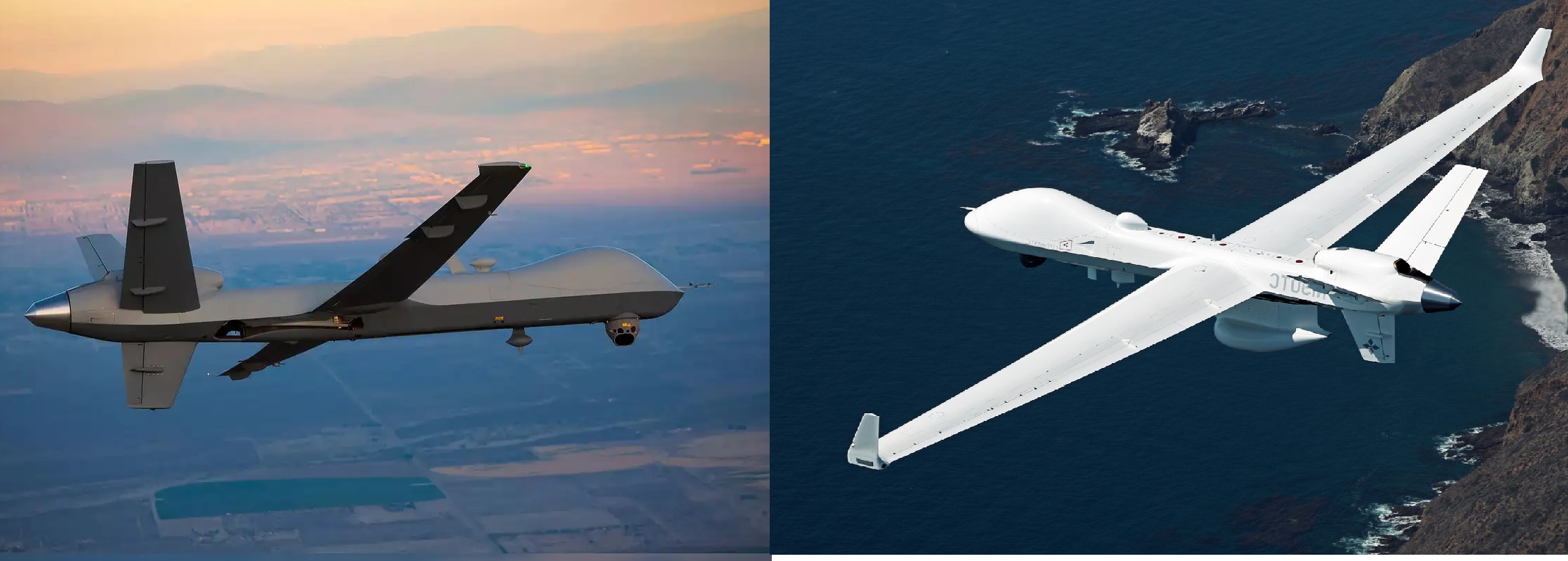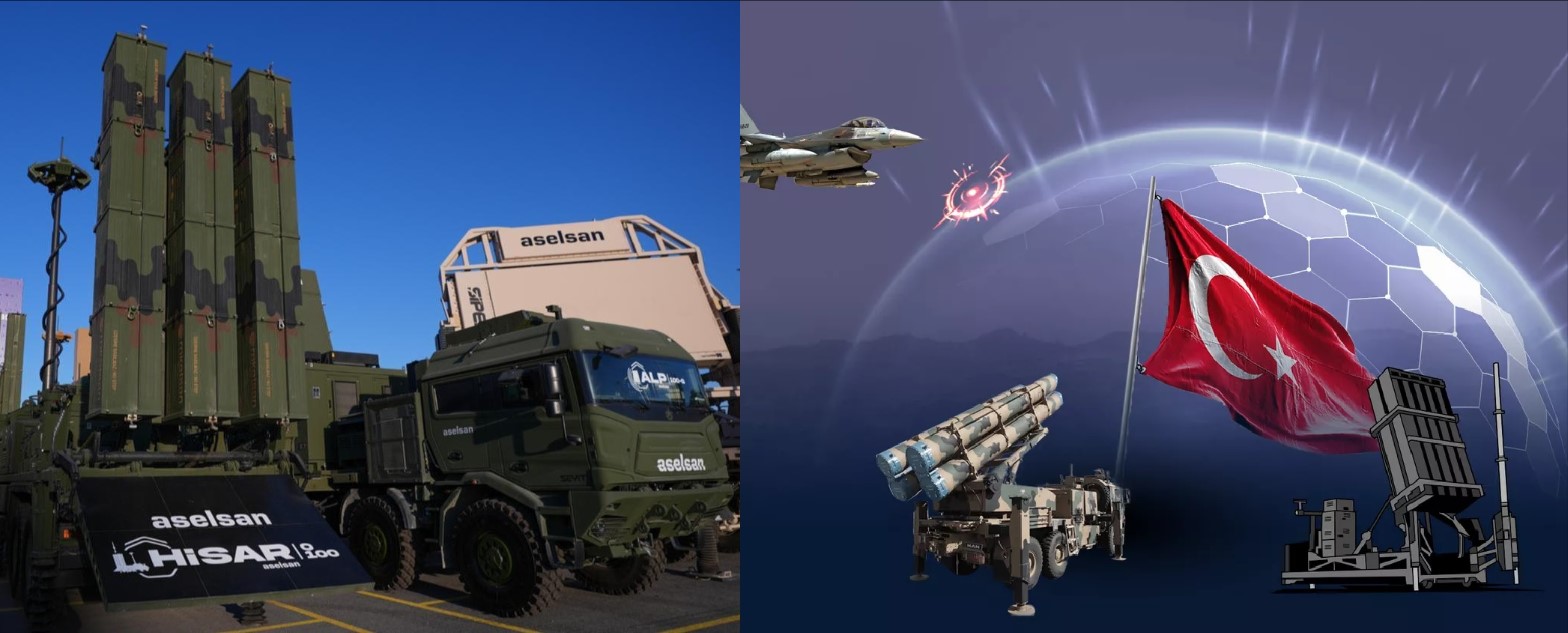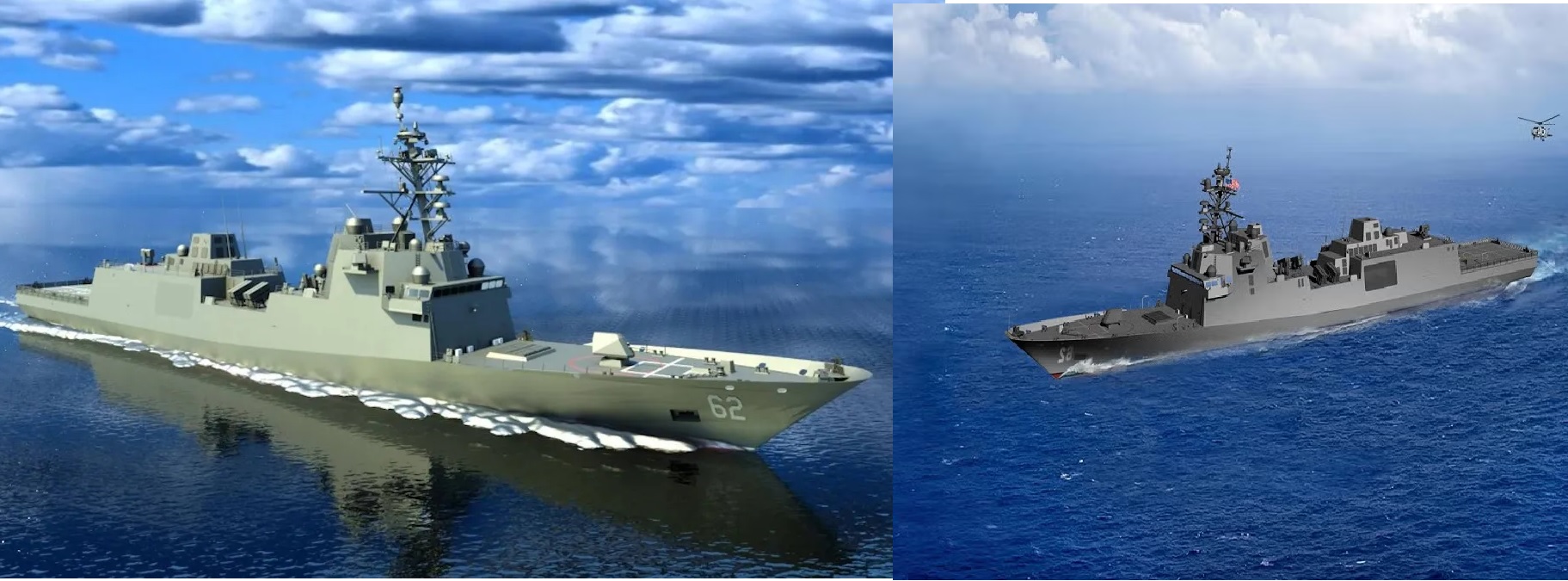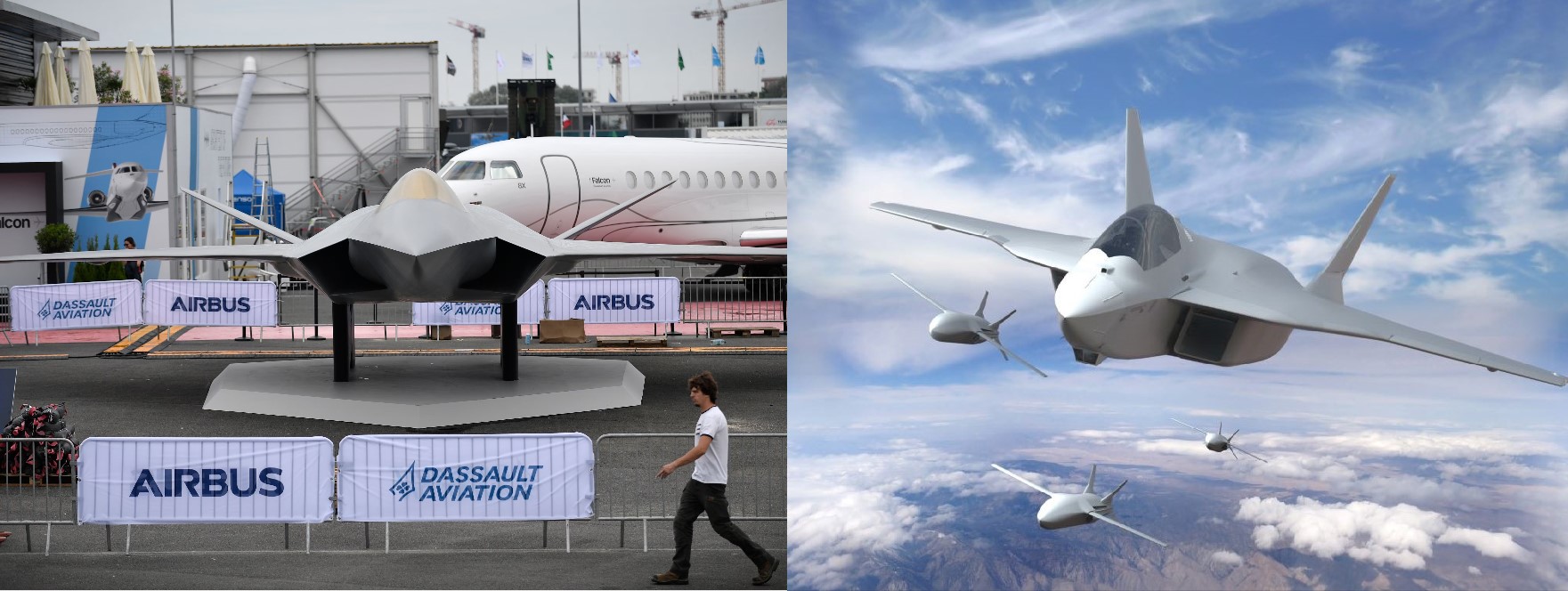U.S MQ-9 Reaper Crashes in Yellow Sea, 15 Miles Off South Korea’s Western Coast

A $30 million U.S. MQ-9 Reaper reconnaissance drone crashed into the Yellow Sea early Monday morning, roughly 15 miles off South Korea’s western coast, triggering a three-way strategic scramble between Washington, Seoul, and Beijing as each seeks to control access to the wreckage.
The drone went down near Maldo-ri Island, off the coast of Okdo-myeon in Gunsan, according to early reports first carried by Korea JoongAng Daily. The aircraft was being operated by the 431st Expeditionary Reconnaissance Squadron out of Kunsan Air Base, a major American hub roughly 180 kilometers south of Seoul.
A spokesperson for U.S. Forces Korea (USFK) confirmed the crash, stating that the MQ-9 was on a routine surveillance mission when it “experienced an in-flight incident” before plunging into the sea. No injuries or damage to civilian property were reported, and an investigation has begun to determine the cause.
A Strategically Sensitive Crash Site
While crashes of U.S. military aircraft in the region are not unprecedented, the location of this incident is the true source of geopolitical friction. The Yellow Sea—particularly the band of waters between China and South Korea—has become a hotspot of maritime confrontation throughout 2025. Both Beijing and Seoul have repeatedly accused each other of airspace violations, aggressive naval maneuvers, and radar lock-on incidents in this zone.
The U.S. MQ-9 went down precisely in an area where Chinese maritime patrol vessels frequently operate and where South Korea has been expanding its own surveillance grid. This proximity raises the risk of a race to recover the wreckage, as the Reaper carries sensitive sensors, communications gear, and mission data valuable to foreign intelligence services.
U.S. Navy recovery teams from bases in Japan and Guam were reportedly mobilized within hours. South Korean naval units were also dispatched, but Beijing’s response has yet to be confirmed. Foreign military observers say China may view the crash site as falling within waters it regularly patrols, heightening the possibility of an encounter during recovery operations.
Rapid U.S. Response and Regional Concerns
Washington is acutely aware of the implications of losing a high-end drone like the MQ-9 in contested waters. Reapers deployed to Korea are believed to carry upgraded ISR suites optimized for North Korean missile monitoring, Chinese naval movements, and electronic intelligence. Analysts warn that any delay in recovery increases the risk of sensitive technologies falling into the hands of adversaries.
This crash also comes at a time when the Pentagon is expanding unmanned reconnaissance patrols across the Indo-Pacific. The U.S. permanently stationed MQ-9 Reapers on the Korean Peninsula in September 2025, enhancing long-range surveillance of North Korea’s accelerating missile tests and tracking Chinese submarines entering the Yellow Sea.
A String of U.S. and South Korean Aircraft Incidents
The incident adds to a growing list of aviation mishaps in the region:
-
In June 2025, South Korea temporarily grounded its KF-16 fighters after one was damaged during joint drills in Alaska.
-
In October 2025, a U.S. Navy F/A-18 Super Hornet and a MH-60 helicopter crashed separately in the South China Sea.
-
North Korea’s ongoing missile launches have kept regional air forces on high alert, further stressing flight operations.
With more than 28,500 U.S. troops stationed on the peninsula, Washington and Seoul continue to maintain high-tempo aerial and maritime surveillance as Pyongyang tests new weapons and Beijing increases its maritime presence.
Investigation Underway, But Strategic Stakes Loom Larger
USFK has stated that the cause of the MQ-9’s loss remains unknown, though early assessments rule out hostile action. Mechanical failure, weather conditions, or system malfunction remain possible factors.
Still, the broader concern is not how the Reaper crashed, but where. The Yellow Sea has emerged as one of Asia’s most contested maritime zones, and the presence of a downed American surveillance drone adds another layer of tension to an already volatile triangle between the U.S., China, and South Korea.
For now, the priority for U.S. forces is clear: recover the wreckage before currents—or competitors—reach it first. The coming days may determine whether this incident remains a technical mishap or escalates into a diplomatic flashpoint in one of the region’s most sensitive waters.
✍️ This article is written by the team of The Defense News.





